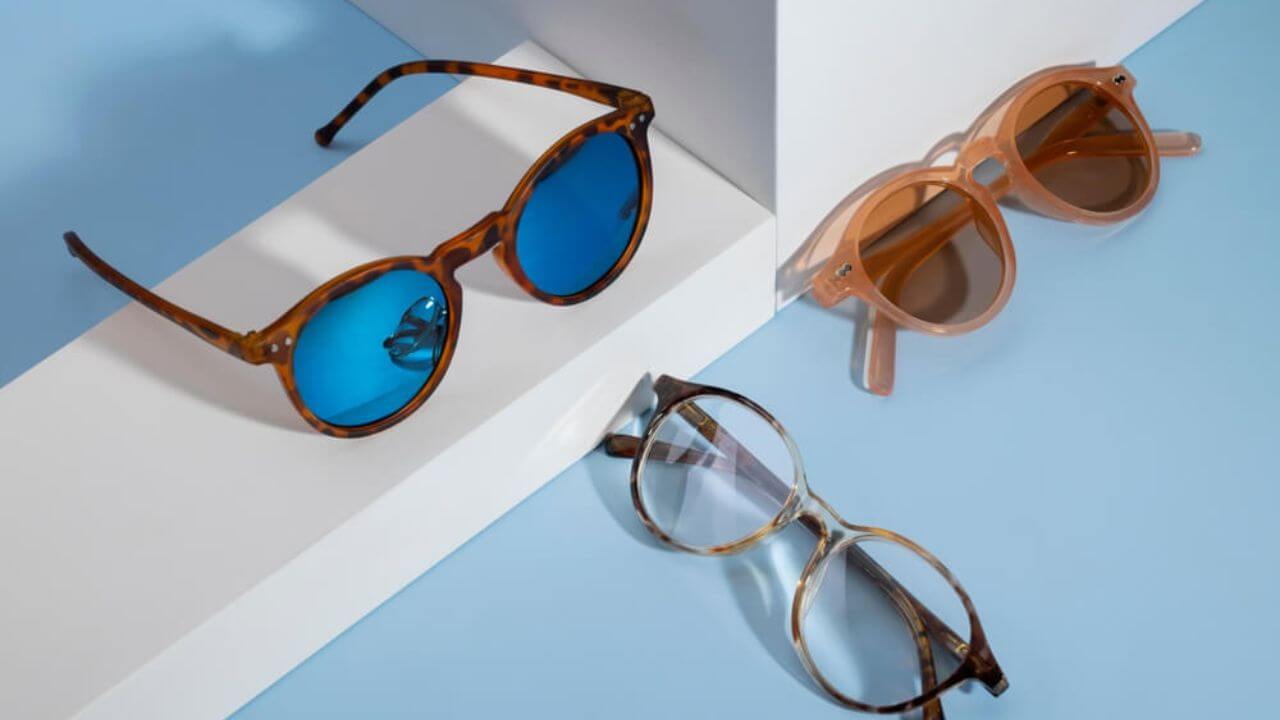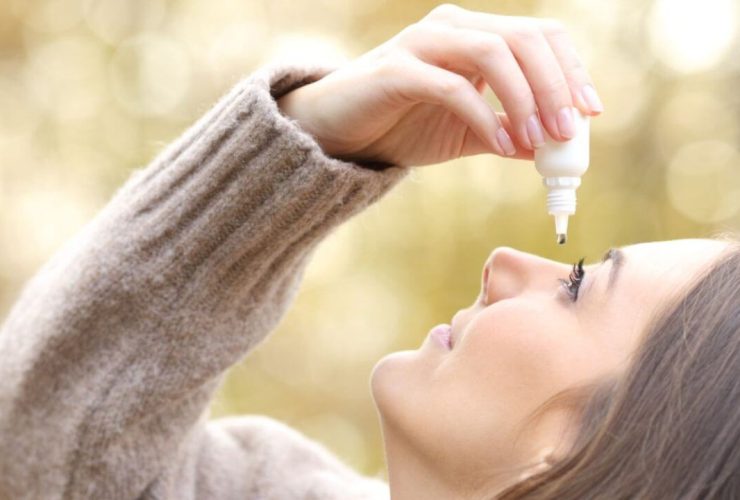Sustainable Eyewear Fashion Trends: Eco-Friendly Styles Gaining Popularity
Introduction: Style Meets Sustainability
Eyewear is no longer just about correcting vision or shielding eyes from the sun. Today, it’s an extension of personal style, identity, and values. One of the most noticeable shifts in the industry is the growing demand for sustainability. Shoppers are more conscious of what they wear and how it impacts the planet, and glasses are no exception.
From frames made of recycled ocean plastics to biodegradable acetate, sustainable eyewear is moving from niche to mainstream. What makes this trend especially exciting is that it combines style with responsibility—proving you don’t need to sacrifice aesthetics for ethics. In this guide, we’ll walk through the key sustainable eyewear fashion trends, highlight what makes them so appealing, and share examples of how brands and individuals are embracing eco-friendly choices.
1. The Rise of Eco-Friendly Materials
Materials are at the heart of sustainable eyewear. Traditional frames are often made from petroleum-based plastics, which take centuries to break down. Today, designers are turning to innovative alternatives that are lighter on the planet and surprisingly stylish.
- Biodegradable acetate: Unlike standard acetate, which contains toxic chemicals, newer plant-based versions are biodegradable and hypoallergenic. These frames feel just as polished but come with a smaller environmental footprint.
- Recycled metals: Frames made from repurposed stainless steel, aluminum, or even scrap metal are sleek, durable, and waste-reducing.
- Ocean plastics: Some brands are literally fishing waste out of the sea and transforming it into fashion-forward sunglasses. This not only removes harmful debris but also gives consumers a way to wear their values.
I personally switched to biodegradable acetate frames two years ago. At first, I was skeptical about durability, but the quality has been on par with premium designer glasses. It’s proof that sustainability doesn’t have to mean compromise.
2. Minimalist and Timeless Designs
Fast fashion often pushes bold, short-lived styles that quickly fall out of favor. Sustainability, however, thrives on longevity. That’s why minimalist, timeless frames are gaining traction. Think clean lines, neutral tones, and classic shapes like round, cat-eye, or aviators.
Why does this matter? If you buy a pair of glasses you love and can wear for years, you’re reducing waste and avoiding the constant cycle of trends. A timeless design also allows the sustainable materials to stand out without being overshadowed by passing fads.
For example, a London-based boutique recently showcased a line of eco-friendly glasses in soft tortoiseshell tones made from recycled acetate. The appeal wasn’t just in the material—it was the design’s ability to feel current yet enduring.
3. Transparency in Production
Sustainability isn’t just about the final product. Consumers want to know how their eyewear is made. Transparency in sourcing and production is becoming a key part of eyewear fashion trends.
Many forward-thinking brands now publish information about their supply chains. They share where their materials come from, how workers are treated, and the steps taken to reduce emissions. This level of openness builds trust and helps buyers feel confident that their purchase is making a positive impact.
For instance, smaller independent brands often highlight handcrafted collections made in small batches. This not only supports local artisans but also avoids the waste associated with mass production.
As a consumer, I find it easier to invest in a pair of glasses when I know the story behind them. It transforms eyewear from just another accessory into a meaningful purchase.
4. Second-Hand and Circular Eyewear
Second-hand fashion is booming, and eyewear is joining the movement. Vintage sunglasses are especially popular, combining unique style with sustainable shopping habits. Platforms that allow buyers to trade, resell, or upcycle their glasses are also expanding.
Some companies now offer “take-back” programs, where you can return your old frames to be recycled or repurposed into new designs. Others provide replacement lenses for existing frames, extending the life of your eyewear.
One of my favorite finds was a pair of vintage oversized frames from a thrift shop in Manchester. Not only were they stylish, but they also came with the charm of history—something you don’t get from a brand-new pair. Choosing second-hand or refurbished eyewear is one of the simplest yet most impactful ways to support sustainability.
5. Customisation and Personal Expression
Another shift in eyewear fashion is the move toward personalization. People want glasses that reflect who they are, and sustainability is becoming part of that expression. Eco-friendly frames now come in a wide range of colors, textures, and finishes, giving buyers the chance to combine individuality with responsibility.
Technology has made customization easier. Some companies let you design your own pair online, choosing frame shape, color, and material. Imagine creating a pair of sunglasses made from recycled bamboo, perfectly tailored to your style. That combination of individuality and eco-consciousness is what sets this trend apart.
This personalization aspect makes sustainable eyewear appealing not just to environmentally conscious buyers but also to fashion-forward individuals who want something unique.
6. Smart Collaborations and Limited Editions
Collaborations between eyewear brands and environmental organizations are fueling new interest in eco-friendly designs. For example, some companies donate a portion of each sale to marine conservation projects. Others launch limited-edition collections made entirely from upcycled waste, creating buzz and exclusivity.
These collaborations often highlight the cause as much as the product. When buyers know that their new sunglasses help remove plastic from beaches or support reforestation, the purchase feels more meaningful.
A recent example that caught my attention was a collaboration between a surf-inspired eyewear label and a nonprofit working on coral reef restoration. The frames were made of recycled fishing nets, and part of the profits went directly to ocean projects. It was fashion with a purpose, and the collection sold out in weeks.
7. Affordable Sustainability
A common misconception is that eco-friendly eyewear is always expensive. While some sustainable options are priced as luxury items, the growing demand is encouraging more affordable lines. Larger retailers are introducing eco-conscious collections that make sustainable eyewear accessible to a wider audience.
Budget-friendly options often use partially recycled materials or focus on durability to ensure longer use. Even if the frames aren’t 100% biodegradable, they’re still a step forward compared to traditional plastics.
As someone who wears glasses daily, I’ve noticed that affordable, eco-friendly options are becoming easier to find online. It shows that sustainability doesn’t have to be reserved for premium buyers—it can fit into everyday budgets as well.
Conclusion: Choosing Fashion That Cares
Eyewear is a small accessory with a big role in daily life, and now it’s also part of a bigger movement toward conscious living. The rise of biodegradable materials, timeless designs, second-hand finds, and transparent production shows that sustainability is no longer just a side trend—it’s shaping the future of eyewear.
For anyone exploring the latest eyewear fashion trends, sustainable choices offer more than just style. They represent values, responsibility, and a step toward reducing environmental impact.
If you’re considering a new pair of glasses or sunglasses, look beyond the design and price tag. Ask about the materials, the story behind the product, and how long it will last. With so many eco-friendly options available, it’s easier than ever to find frames that look good and do good.
Ready to update your look? Start with sustainable eyewear—it’s fashion that truly makes a difference.




